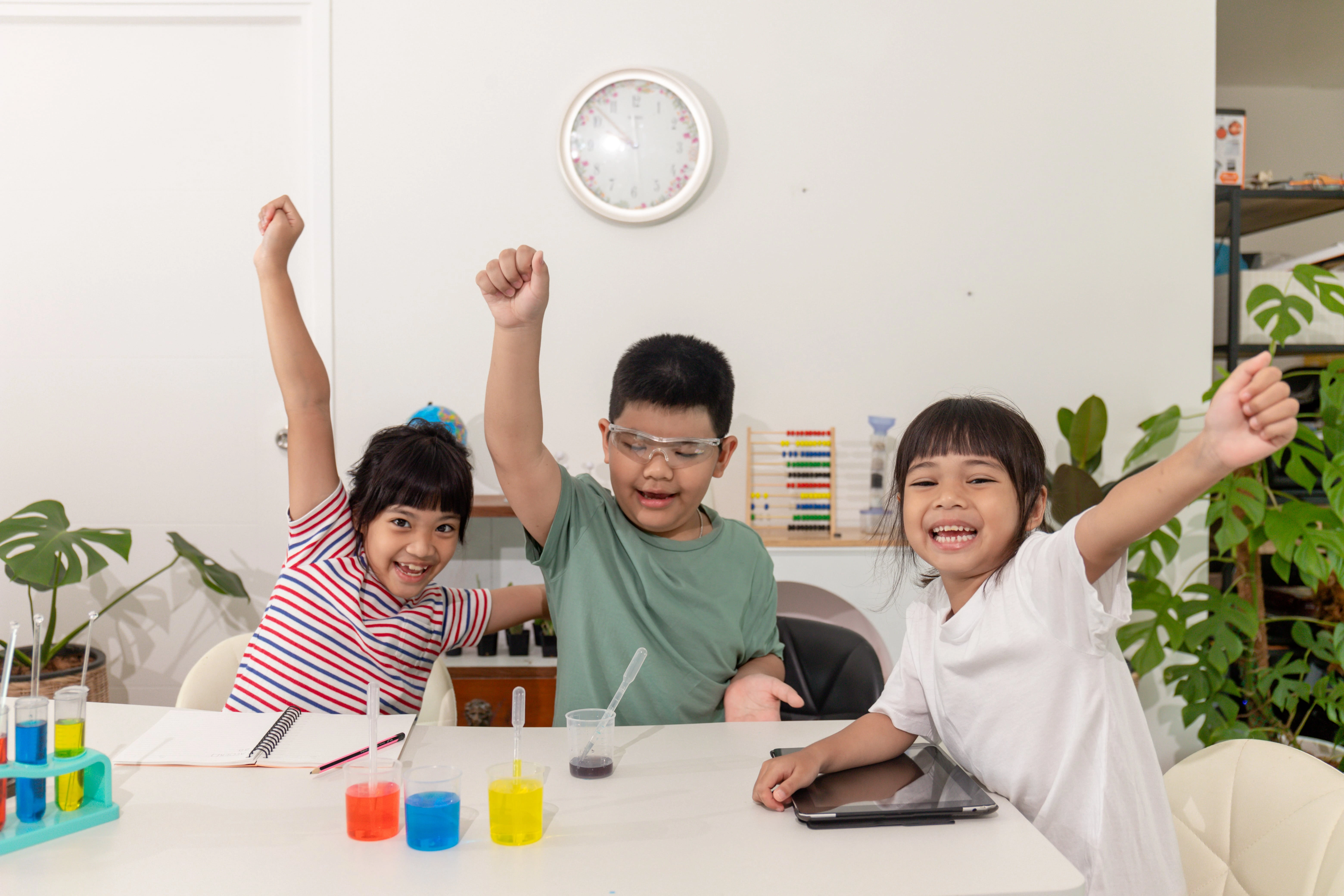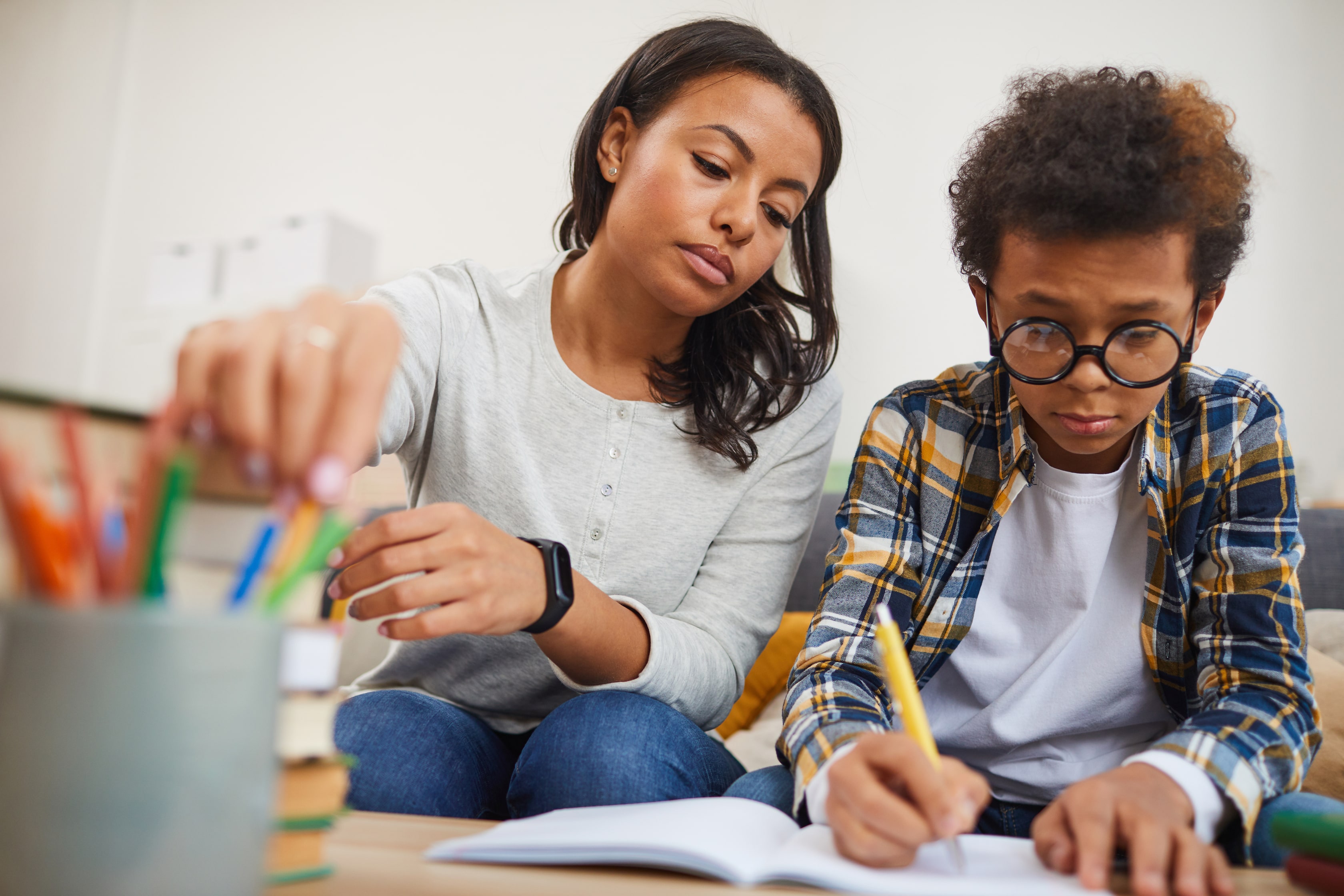Second Grade Preparation Checklist for Parents | Prodigy

Congratulations — your child has completed their first year of “real” school!
That’s a huge milestone and it’s definitely worth celebrating. First grade can be an adjustment after the more play-based kindergarten and preschool classrooms. Now that they’ve tackled their first year of academics, they can keep up the great work in second grade.
Second grade should still be full of fun, but it can also feel a bit more serious than your child’s first-grade year. Don’t worry! Much of second grade is revisiting and then building on the last year’s topics.
In second grade, your child will be tackling larger numbers in math and working on reading more fluently. And now that they’re older, they’ll be expected to sit and focus for longer periods of time.
What exactly does your child need to know before walking through that classroom door? And what will this year’s learning look like?
Let’s explore the exciting world of second grade!
What second-grade students learn by the end of the year
Second grade is a big year for reading and math. Your child is getting more familiar with both, and in second grade they’ll gain confidence in these academic abilities.
Before we jump into the details, here are a few of the learning highlights you can expect from your child in their second-grade year:
- Locates their hometown on a map
- Refines their problem-solving skills
- Adds and subtracts 3 digit numbers
- Identifies place values up to the thousands
- Reads more confidently and with expression
- Learns about the life cycles of a frog or butterfly
If your child feels a long way from these milestones, don’t worry! They have an entire school year to practice their new skills. And at the beginning of the year, they’ll spend plenty of time reviewing the foundational material from first grade.

What should a child know when entering second grade?
Your child’s first-grade year was full of letters, numbers and friends — and they’ll continue to build on that throughout second grade.
Though state standards differ, here are the most important skills your child will likely need to carry into their second-grade year:
- Writes about a single topic
- Possesses basic map skills
- Communicates well with peers
- Understands place value up to 100
- Adds and subtracts numbers up to 20
- Works well independently or in a group
- Categorizes and sorts items based on color, size and shape
- Understands grammar basics (such as capitalization and punctuation)
- Understands the basics of a story (main characters, setting, major plot points)
- Reads short words and sentences and familiarity with most common sight words
- Shows basic understanding of scientific experimentation (defining a problem and thinking up solutions)
If your child has a strong understanding of the above basics, they’re ready to tackle second grade math! If you’re unsure, it’s not too early to think about additional help. As you begin the new school year, discuss your concerns with their new teacher so they know what to watch for. It could be that your child simply needs a little extra time and attention.
Readiness checklist for second graders
When your child reaches the end of second grade, the lists below outline the big ideas and topics they’ve encountered. If your child hasn’t mastered them all, don’t worry! Every child learns at their own pace. These are simply guidelines.
If your child seems to “fall behind,” speak with their teacher or look at after-school programs and tutoring options. Much of this will be reviewed in third grade, but topics do continue to build on these foundations. Tackling any issues now can keep your child learning and confident throughout their school years.
Classroom & social skills
Not all school learning is academic. Your child also needs to learn how to interact with their peers and adults outside of their family.
- Follows classroom rules
- Works until a task is completed
- Works and plays well with others
- Shows confidence in their abilities
- Participates well in group activities
- Shows respect and empathy towards others
- Uses words to talk through and resolve conflicts
- Focuses well during independent learning time
- Recognizes and takes responsibility for their actions
- Respects classroom materials and classmates’ belongings

Math skills
Early math skills are the building blocks for much of your child’s future learning through their math curriculum.
Addition and subtraction, along with a strong number sense, can help your child grasp the more complicated math and science topics in later grades.
Numbers and operations
- Counts by 1s, 2s, 5s and 10s
- Identifies and completes numerical patterns
- Understands place values up to the thousands
- Quickly recalls addition and subtraction facts up to 20
- Understands how to use number lines to solve problems
- Performs addition and subtraction on paper for three-digit numbers
- Demonstrates a basic understanding of whole, half, thirds and fourths
Geometry and measurement
- Identifies and draws all basic shapes
- Displays basic spatial reasoning skills
- Identifies symmetry versus asymmetry
- Understands how to use basic measuring tools
Telling time and counting money
- Tells time to the quarter-hour
- Recognizes coins and can add money up to $1.00
- Reads a calendar to determine the day of the week, the month and the year
- Can determine how much time has passed (for example, going from 9 am to 1 pm is four hours)
Problem-solving
- Analyzes basic graphs to draw conclusions
- Uses drawings and words to find solutions to math problems
- Knows how to gather data and information to help solve a problem
- Breaks down word problems into the needed information to find the solution

Reading skills
In second grade, your young reader builds their confidence, making the jump from early readers to chapter books. Their reading comprehension continues to improve as they dig more into story elements and the finer points of English grammar.
- Gains confidence in reading aloud
- Identifies a story’s main themes and supporting details
- Begins to excitedly choose their own books for reading practice
- Demonstrates reading comprehension by predicting story events
- Recognizes basic parts of speech, such as nouns, verbs and adjectives
- Improves ability to decode unknown words through phonics and context
Writing skills
A second grader now has the hand strength and dexterity to write for longer stretches. In the second grade, your child works on writing in fun, creative ways to build their creativity and skills.
- Uses capitalization and punctuation correctly
- Keeps a journal to encourage longer formatted writing
- Continues improving their writing accuracy and legibility
- Recognizes spelling patterns and spells common words correctly
- Begins to write in paragraphs, with main sentences and supporting ideas
- Practices writing in various formats, such as poetry, narratives and creative storytelling
Are you homeschooling or looking for extra, in-depth practice for your child? Check out this lesson plan on forming contractions from our Prodigy teachers for a full list of materials, activities and printable worksheets.
Science skills
Children are natural scientists, discovering and questioning the world around them as soon as they enter it. But second grade is a great time to give their curiosity a little extra structure.
- Classifies items based on their properties
- Names the steps in the Earth’s water cycle
- Names the life cycles of butterflies and frogs
- Understands the basics of our solar system
- Shows basic understanding of electricity, magnetism and gravity
- Labels the major body parts of different types of plants and animals
- Recognizes that matter can exist in different states (solid, water, gas)
- Knows different classifications of animals (mammals, reptiles, amphibians, birds)
Social studies skills
History and the basics of our government are best introduced in the early years. These important topics engage students with our past while preparing them to make a difference in the future.
- Knows the function of a bank
- Recognizes historical buildings and major landforms
- Reviews current events and their impact on our lives
- Begins to understand how we all contribute to our society
- Discusses important historical figures from our country’s history
- Understands the relationship between buyers/consumers and sellers/producers
- Reads a map to identify popular or common locations (including their hometown)
- Understands there are different cultures around the world and shows appreciation for diversity

How to prepare my child for a better second grade
If the list above feels long — it is. But your child is at the perfect age to soak up all this learning!
Remember, this is an entire school year’s worth of knowledge. Much of it will be revisited early in the third grade, and again as they move into later grades — gathering more in-depth study of these same topics.
How can you help your child stay on track?
Here are a few tips to help them thrive during their second-grade year.
1. Stay involved
Keep in touch with your child’s teacher to stay up to date with their progress. Their teacher can keep you informed if they need extra practice in any of the above areas.
2. Help them get familiar with technology
After a year or more of virtual learning, it’s tempting to put all the tech away for a while. But giving your child access to technology and teaching them online safety is important in this always-connected world.
3. Provide them with plenty of resources
Make sure they are well-equipped with all the supplies they need to learn.
4. Keep learning fun
What is your child interested in right now? Try to bring learning home and explore the topics they love together. If they’re struggling, find ways to add in some extra practice without extra stress.
If your second grader could use a boost, explore all the fun they can have with learning through Prodigy!











